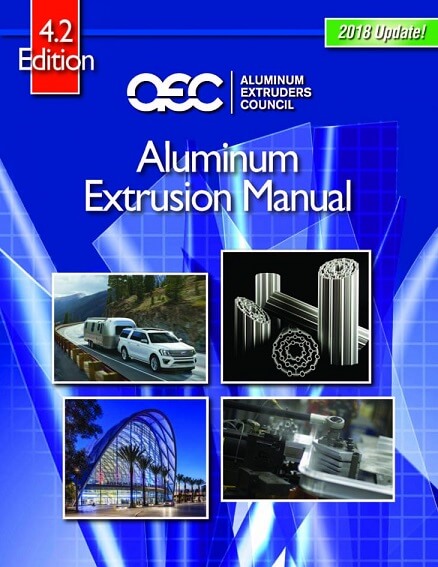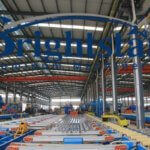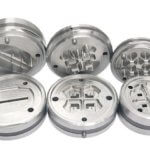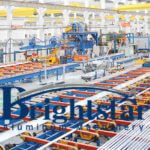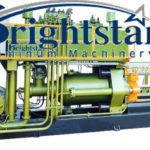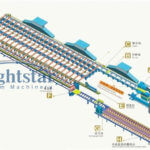Updated Aluminum Extrusion Manual was released from AEC on 2018
Aluminum Extrusion Manual
The Aluminum Extruders Council (AEC) has updated the Aluminum Extrusion Manual — one of the most important and popular resources.
The manual is designed to be a resource for designers and engineers to learn more about the aluminum extrusion process; discover how to optimize profile designs; and find technical information on alloys, finishes, and tolerances.
The revised Aluminum Extrusion Manual version 4.2, features new and previously unpublished content, as well as expanded and updated information.
It includes a new section covering aluminum extrusion’s sustainability, expanded information on fabrication, and a discussion of specifying microstructure as a means of achieving part performance for demanding applications.
The new “Sustainability” section discusses some of the ways that the use of extruded aluminum components are reducing the environmental impact of buildings and automobiles, and outlines actions that extrusion users can take to further reduce the environmental impact of their products.
The section also covers aluminum recycling, extrusion’s environmental footprint, and the detailed results from the Environmental Product Declaration (EPD) that AEC recently completed.
The new section on “Microstructure” explains how alloy grain structure is critical to achieving the needed extrusion performance for demanding applications.
Increasingly, engineers are finding that specifying alloy and temper alone is often not sufficient to ensure that the parts they envision achieve the needed performance attributes. In addition to profile geometry and alloy chemistry, microstructure (i.e. the grain size, grain geometry, grain structure, etc.), which is driven by specifics of the extrusion process, is another factor that will dictate part performance.
It is microstructure, in concert with alloy chemistry and part geometry, that will determine properties such as strength, formability, “toughness”, corrosion resistance, weldability, etc.
This new section reviews the specifics to provide readers with a basis for discussing critical part performance with their extruder.
The expanded “Fabrication” section provides in depth coverage of the myriad ways aluminum extrusions can be processed after extruding to facilitate cost savings, part-count reduction, increased product functionality, and more.
The section outlines techniques such as bending, joining, welding, and machining.
Lastly, the “Applications” section was revised with new content covering aluminum extrusion case examples in the building and construction and transportation markets.
Extrusion case examples and information for the architectural market include moveable enclosures and energy management in commercial buildings.
Transportation case examples include improving vehicle efficiency and environmental performance and vehicle electrification.
Please leave the AEC in your message, the 2018 new version Aluminum Extrusion Manual of AEC will be sent in free!
AEC 2018 update Aluminum Extrusion Manual.pdf

